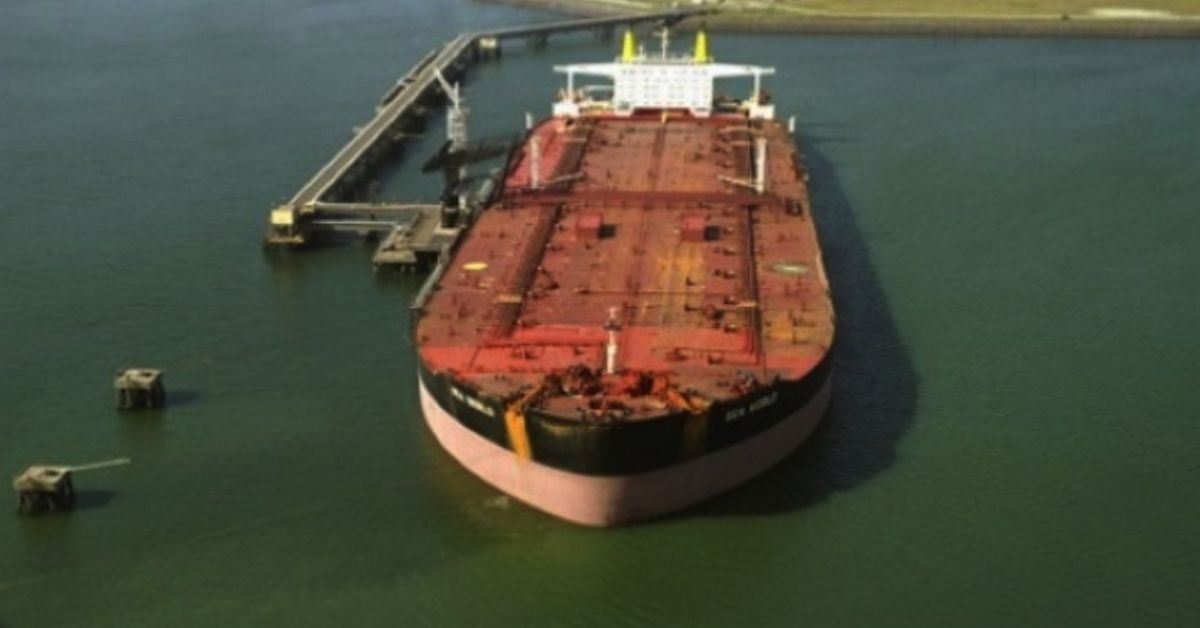Daily earnings for relatively tiny tankers delivering refined fuels in the Atlantic ocean have surged more than 400% this week, reaching $55,857, according to the latest data from the Baltic Exchange in London. They surged by 58% on Thursday alone, the largest one-day gain since late 2021.
The surge has been spurred in part by a bifurcation of the fleet with some tankers serving Moscow’s interests and others the international market. It highlights a possible flipside of aggressive measures aimed at limiting Russia’s petroleum revenues.
“Russian volumes continue to flow at more or less the same rate and that takes up a lot of ships,” said Lars Bastian Ostereng, an analyst at Arctic Securities. “Ultimately the spike shows demand is pretty good, and the fundamentals are strong.”
As many as 600 vessels have joined a ‘shadow fleet’ of ships helping Russia to keep its petroleum flowing. That in turn is leaving fewer vessels serving other oil exporters and is boosting the cost of freight.
The surge isn’t purely about tankers switching to Russian trade.
The European Union banned Russian fuel imports from Feb. 5. Prior to that, the bloc lifted its purchasing of refined products from elsewhere to ensure plentiful supply, something that displaced some vessels in an already-thinly stretched fleet.
Now as buying picks up elsewhere, rates are spiking. Ships sailing from Europe to West Africa posted their biggest daily gain since figures began being published last year on Thursday.
A switch of some tankers to Russia may be contributing though.
“What we hear is that many vessels suddenly were removed from tonnage lists and drawn towards Russia,” said Eirik Haavaldsen, a shipping analyst at Pareto Securities AS in Oslo. “So suddenly vessel supply was almost gone yesterday.”







